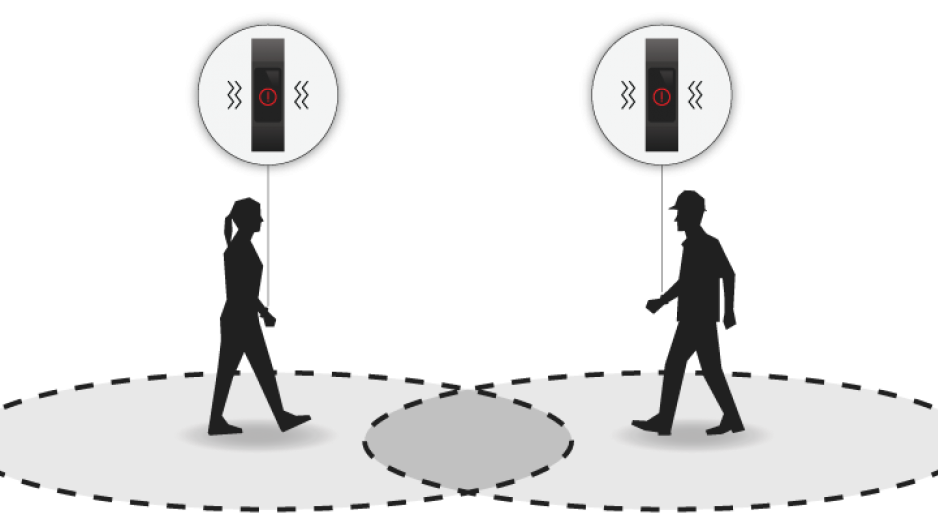It was the plight of an American client whose 300-person construction site was forced to shut down after a worker’s spouse tested positive for COVID-19 that pushed Campbell MacDonald to consider repurposing tech from his own company.
“They had no ability of assessing the risk, and so they had to have the site cleaned and they were out of work for two weeks,” recalled the CEO of Proxxi Technology Corp., whose Vancouver-based company makes specialized wearables.
“The tools for managing this are non-existent.”
But what about devices that could alert workers right before they were within two metres of each other on a busy job site?
MacDonald estimates Proxxi will have 10,000 such devices ready to ship by mid-May and another 100,000 ready by the end of June.
Proxxi is known for developing wearable wristband devices with voltage sensors that warn workers if they are in close proximity of energized equipment.
The goal is to reduce risk of electrical contact injuries, but MacDonald realized similar wearables could also be used to help enforce social distancing on construction sites.
“If someone just came to us [for] a greenfield solution, this would be months of development,” he said, adding Proxxi already had the necessary hardware, firmware and manufacturing expertise in place to launch the new Halo bands swiftly.
The US$100 wristband devices talk to each other and deliver brief vibrations to wearers when they are in close proximity of others donning the bands.
British Columbians have undoubtedly witnessed throngs of construction workers piling into job sites amid the pandemic that prohibits large gatherings of more than 50 people.
The provincial orders do not apply to construction sites.
Victoria, however, offered guidance to the industry in late March, urging work sites to ensure no more than 50 people are in the same space and that workers should stay two metres apart “where possible.”
“When people are tired or distracted or really hustling to get a job done, mistakes happen. We’re human,” MacDonald said.
In the event someone on the job site becomes a COVID-19 risk, data from the Halo bands can be reviewed to determine if others came into close proximity with the at-risk individual.
The devices do not track movements on a job site and no sensitive employee data is kept on the bands.
“We’re looking to allow organizations that have essential workers to maintain social distancing,” MacDonald said.
“This will also help enable companies go back to work as regulations are relaxed but still require some social distancing in place, and then to enable on-demand contact tracing that will allow for a more intelligent triage [plan].”




